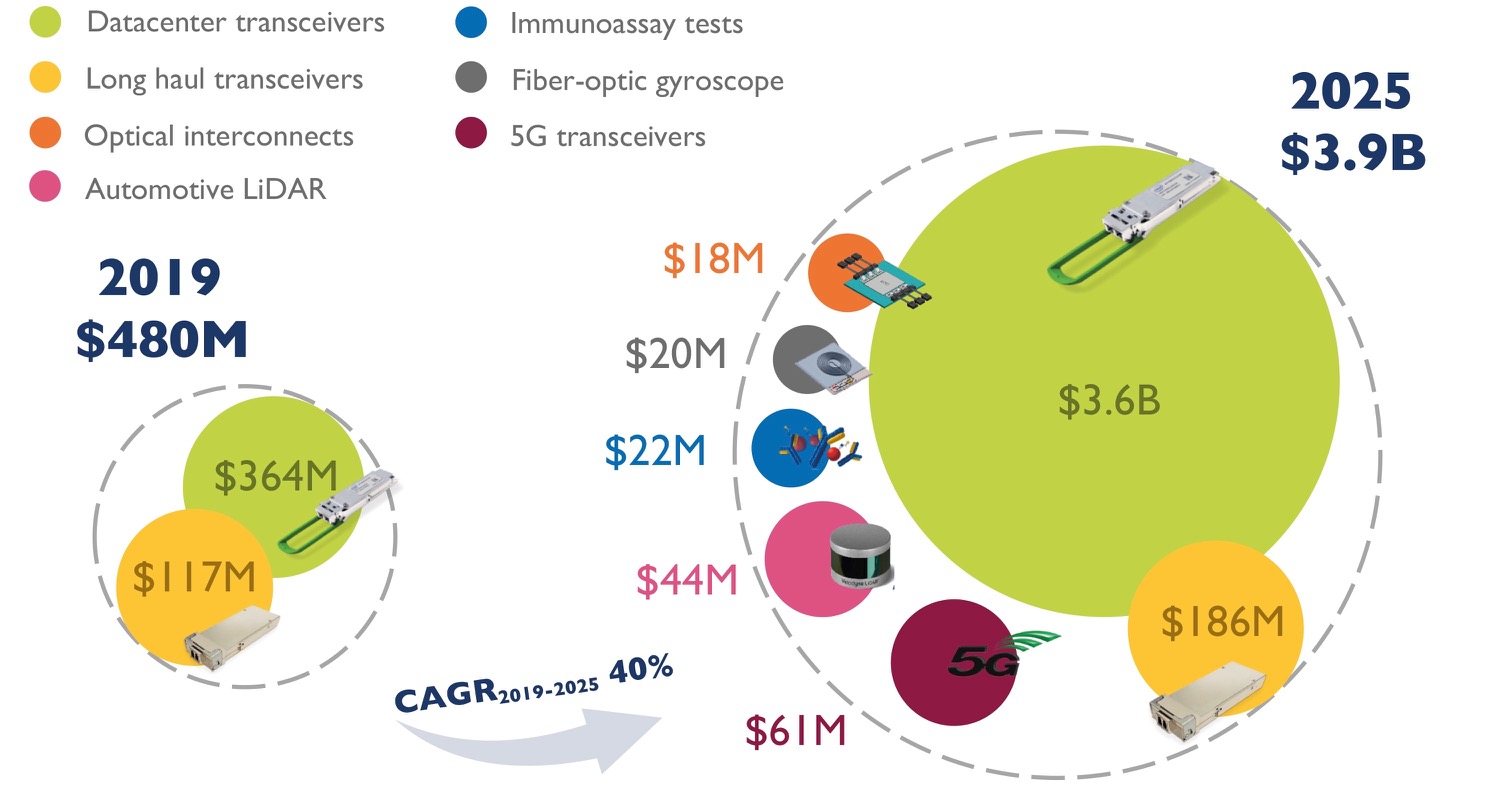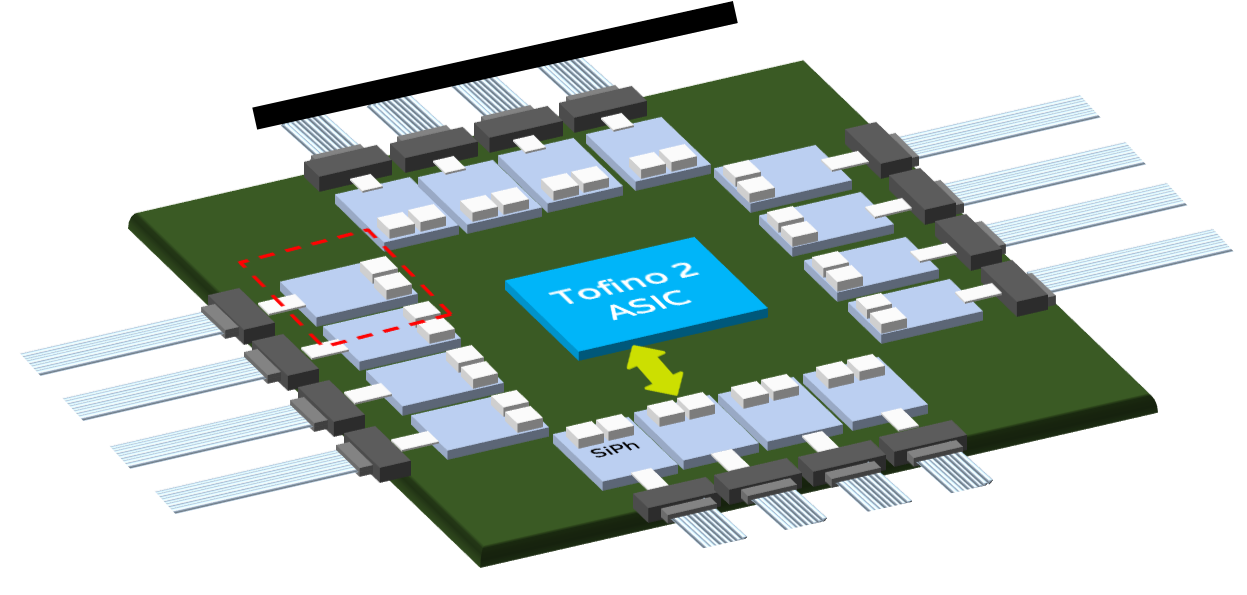COBO adds co-packaged optics to its agenda
 Thursday, April 22, 2021 at 11:26AM
Thursday, April 22, 2021 at 11:26AM The Consortium of On-Board Optics (COBO) is progressing with its work to create specifications for co-packaged optics.
The decision to address co-packaged optics by an organisation established to promote on-board optics reflects the significant industry interest co-packaged optics has gained in the last year.
So says Brad Booth, director, leading edge architecture pathfinding team in Azure hardware systems and infrastructure at Microsoft.
 Source: COBO
Source: COBO
The COBO work also complements that of the OIF which has set up its own co-packaged optics framework.
“We have a different collection of members [to the OIF],” says Booth. “Our members are very strong on optical connectivity and materials whereas the OIF is known for its electrical interface work and module activities like 400ZR.”






